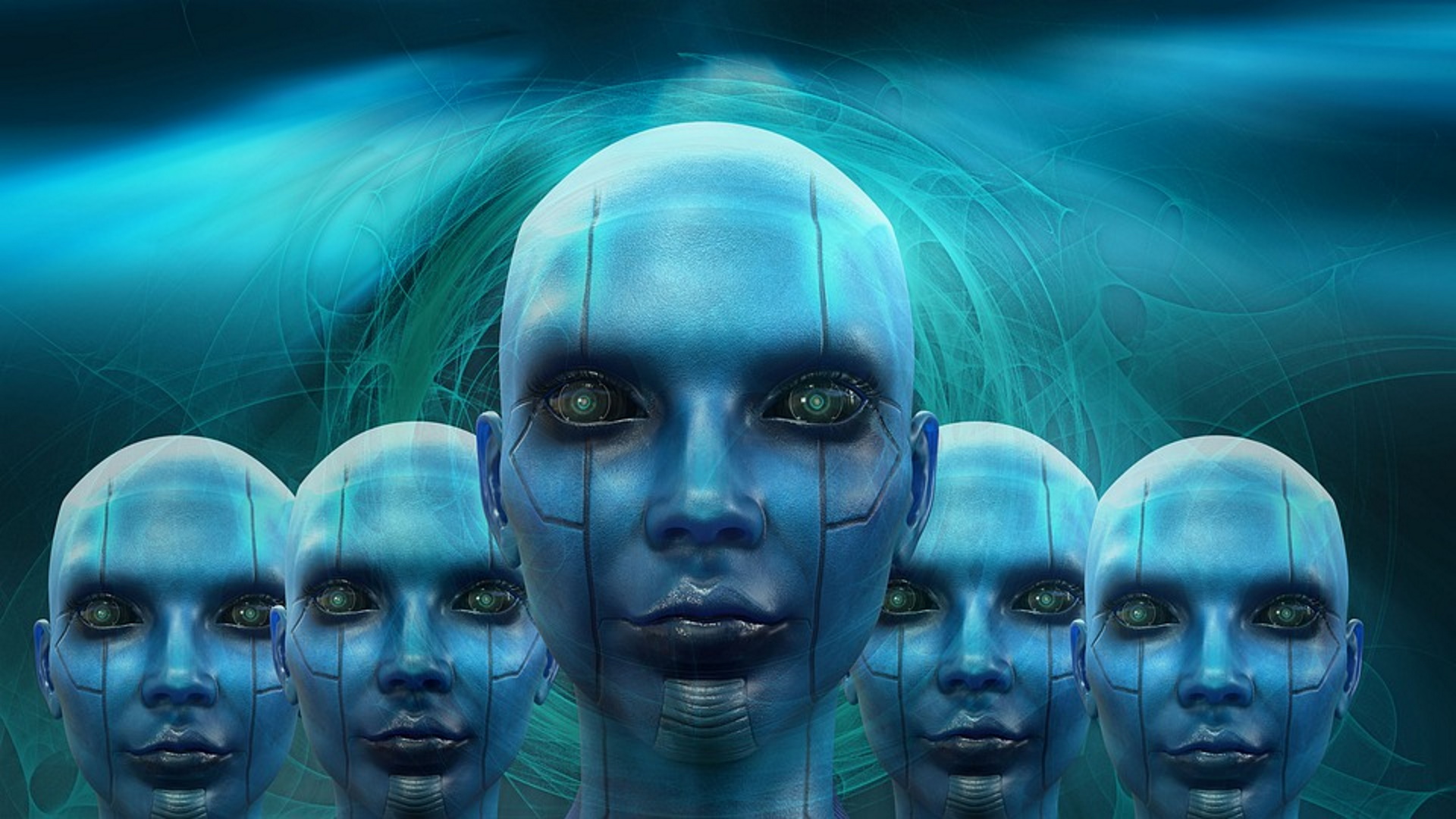
DNA Steganography and Cryptanalysis
by Joseph P. Farrell, Giza Death Star
July 14, 2021
Every now and then I get an article which is a real “whopper doozie,” and this is one of those times. In fact, this is not even an article at all, it’s a Ph.D. dissertation from 2015 that was spotted and shared by K.S., to whom a big thank you.
And before we get to the dissertation, a caveat: this is one of those things that’s so long I’ve not had time to read it in its entirety. In fact, I became stuck pondering just the implications of the opening paragraph, the abstract of the dissertation.
The dissertation title itself is a bit of a drag, as most dissertation titles are:
A forensics software toolkit for DNA steganalysis.
In case you don’t know what steganalysis is, it is related to steganography, which is the art of concealing a secret message or signal within something that has an entirely different public purpose, such as a picture or work of art, and so on. Steganalysis is simply unearthing that message and decoding it.
With that in mind, look at the opening paragraph:
Recent advances in genetic engineering have allowed the insertion of artificial DNA strands into the living cells of organisms. Several methods have been developed to insert information into a DNA sequence for the purpose of data storage, watermarking, or communication of secret messages. The ability to detect, extract, and decode messages from DNA is important for forensic data collection and for data security. We have developed a software toolkit that is able to detect the presence of a hidden message within a DNA sequence, extract that message, and then decode it. The toolkit is able to detect, extract, and decode messages that have been encoded with a variety of different coding schemes. The goal of this project is to enable our software toolkit to determine with which coding scheme a message has been encoded in DNA and then to decode it. The software package is able to decode messages that have been encoded with every variation of most of the coding schemes described in this document. The software toolkit has two different options for decoding that can be selected by the user. The first is a frequency analysis approach that is very commonly used in cryptanalysis. This approach is very fast, but is unable to decode messages shorter than 200 words accurately. The second option is using a Genetic Algorithm (GA) in combination with a Wisdom of Artificial Crowds (WoAC) technique. This approach is very time consuming, but can decode shorter messages with much higher accuracy.
Now, one can only hope that the author of this dissertation, Marc B. Beck, obtained his PhD for his efforts.
What I found intriguing, however, were the philosophical underpinnings of this abstract, for they reminded me of other recent papers emphasizing the resemblance of the genetic code to artificial ciphers. Indeed, one of my friends was at one time a mathematician for Hewlett-Packard, and authored a few abstruse papers for a journal of cybernetics, one of which was precisely about the genetic code being a homophonic cipher. Some authors in the “new age” part of the alternative research community have also claimed that human DNA contains a “message.”
It’s with these ideas that today’s high octane speculation is concerned. During the months of the planscamdemic, I and others watching the push to roll out mRNA injections have commented on an odd thing that has been reported in connection with some adverse events, namely, the change in behaviour some recipients evidence after receiving them. One lady complained “they’ve killed God,” setting off a storm of speculation that connected dots to alleged Baal Gates lectures to the CIA, and so on.
But suppose, for a moment, that the genetic code is a message or at least contains a message. A number of questions immediately occur. Could a program of steganalysis – such as is being outlined in this dissertation – detect and decode it? Possibly. More importantly: has it already been done? If so, what was the message? And additionally, did the decoders like the message? The last question seems important to me because – going further out on the twig of speculation – it has been argued that the mRNA vaccines are really genetic “operating systems” capable of tinkering with DNA. I subscribe at least to the “operating system” view (see my News and Views from the Nefarium, July 8, 2021, or the following article: https://investors.modernatx.com/news-releases/news-release-details/darpa-awards-moderna-therapeutics-grant-25-million-develop ). So what if the mRNA injections are designed to be an operating system which in turn is designed to scramble the message or alter it altogether or at least, make it easier to alter? Or what if they’re a message in and of themselves? And if so, to whom…? Are these types of questions perhaps the real reason these highly experimental injections were rushed into production and “approval” without adequate intergenerational testing?
See you on the flip side…
Connect with Joseph P. Farrell
cover image credit: kalhh / pixabay

Truth Comes to Light highlights writers and video creators who ask the difficult questions while sharing their unique insights and visions.
Everything posted on this site is done in the spirit of conversation. Please do your own research and trust yourself when reading and giving consideration to anything that appears here or anywhere else.










